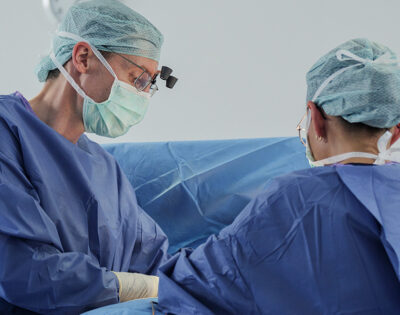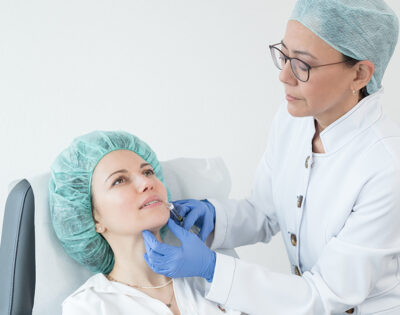Blepharoptosis – narrowing of the palpebral fissure
Blepharoptosis can be congenital or acquired, unilateral or bilateral.
Cause of the constriction
The most common causes of an acquired drooping eyelid are sagging of the eyelid elevator tendon followed by diseases of the nervous system, muscle diseases or tumors.
Development of blepharoptosis
The most important eyelid elevator is the levator palpebrae muscle. The tarsalis superior muscle (muller muscle) lifts the eyelid by around two millimeters under stress or relaxes when tired.
Blepharoptosis results in a narrowing of the palpebral fissure and possibly impaired vision. The palpebral fissure width is usually around nine to 12 millimeters. The upper edge of the eyelid covers the upper border of the iris by up to two millimeters. The distance from the central light reflex on the cornea to the edge of the upper eyelid is usually two to 4.5 millimeters.
Expression & severity
The severity of blepharoptosis is determined by the Levator functional test. This involves measuring the distance of movement of the eyelid margin from the maximum downward gaze to the maximum upward gaze with fixation of the eyebrow. If eyelids are still drooping after causal treatment of the underlying disease, surgical correction is possible.
The correction technique depends on the extent of the dysfunction. If it is less pronounced, the eyelid elevator muscle is shortened and reattached to the edge of the eyelid. If the upper eyelid is very weak, a fascia or tendon sling can be used to suspend the upper eyelid from the frontalis muscle.





